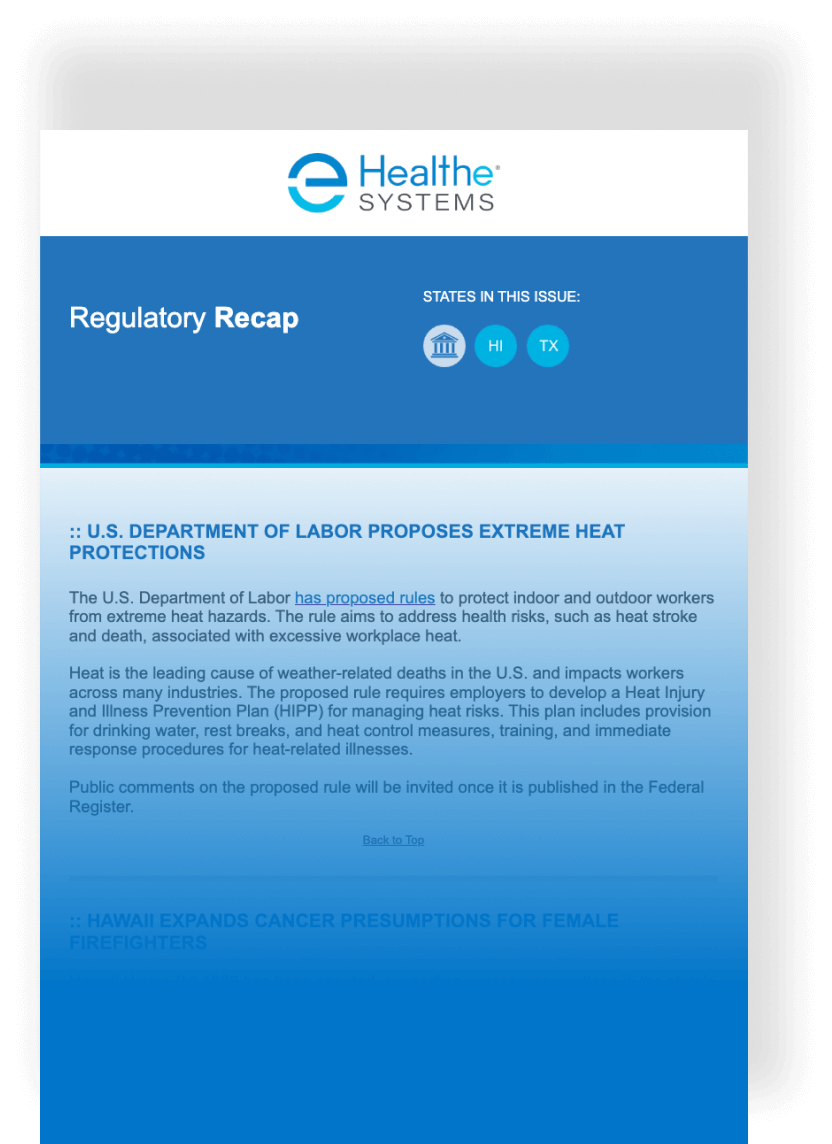The Connecticut Workers’ Compensation Commission, in collaboration with the UConn Health and other state agencies, released their 2024 Occupational Disease Report.
This report focuses solely on occupational diseases, which are often harder to detect, develop over extended periods, and involve multiple risk factors. Utilizing data from three different sources through 2022, this report excludes occupational injuries. This includes the following types of disease categories:
- Lungs & poisonings
- Lead
- Skin
- Musculoskeletal
- Infectious
- Hearing loss
- Other
The report noted 8,418 unique cases of occupational disease in 2022, a 21% increase from the previous year, with 343 of these cases related to COVID-19. Musculoskeletal disorders were ranked the largest category for occupational diseases, followed by infectious disease.
Women represented 53% of all reported cases, and occupational disease rates were highest among workers aged 55-64, highlighting the vulnerability of older workers. The highest rates of illnesses were reported in Government, Education/Health, Manufacturing and Trade sectors, with notable spikes in Nursing and Residential Care Facilities, Local Government, and certain retail stores.
In related news, Connecticut lawmakers are pushing to classify addiction as an occupational disease, which would allow employees with substance use disorders to qualify for workers’ comp benefits. This proposal targets industries with physically strenuous and repetitive tasks, like construction, where workers face higher risk of addiction to pain medications and other substances.
Key supporters of this initiative include State Senators and labor unions such as the International Union of Operating Engineers and the Connecticut State Council of Machinists. Legislation has not yet been filed.







